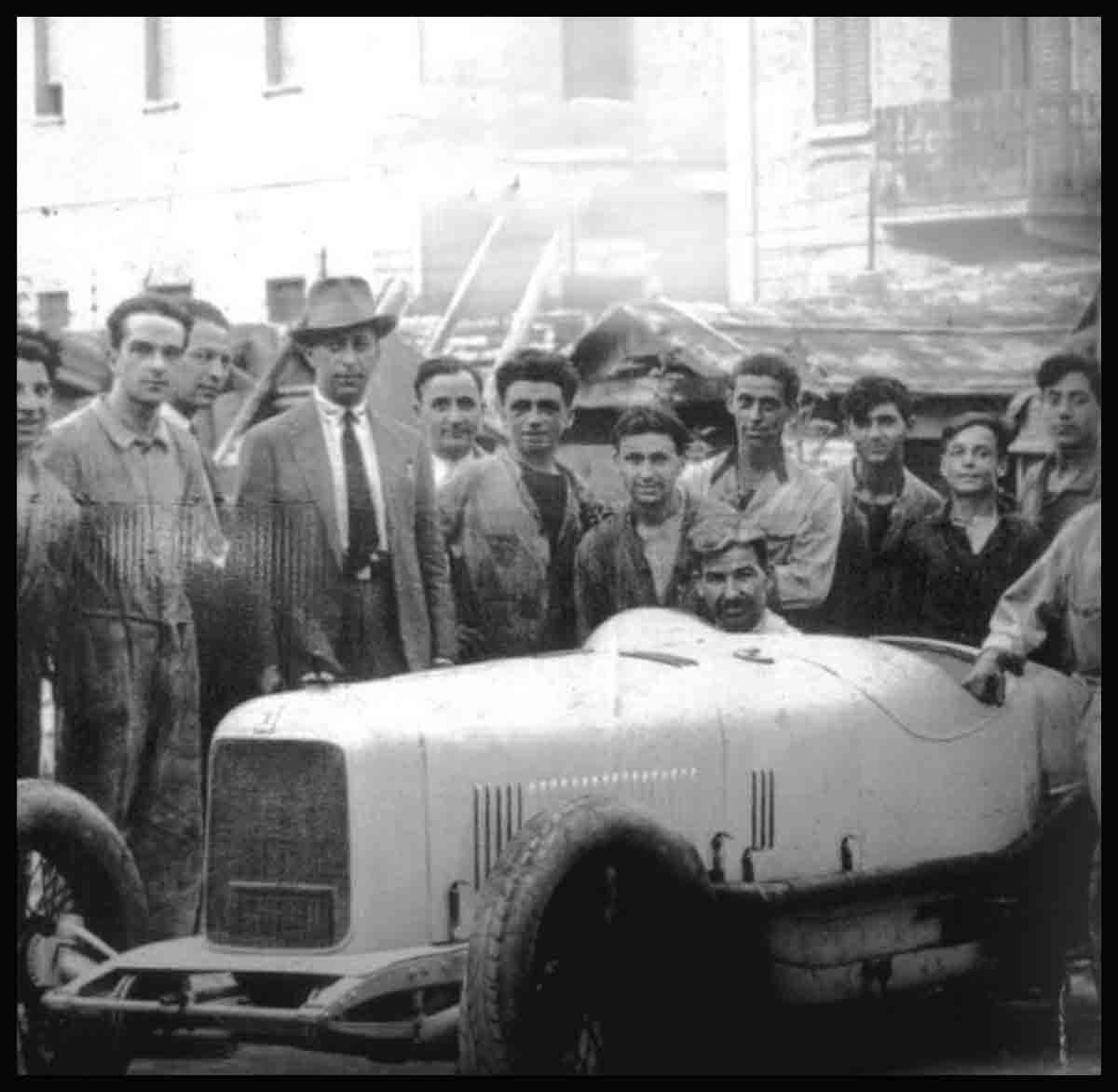
Great Marques—The Maserati Story
The sonorous name of Maserati was, for its first two decades, chiefly associated with pure racing cars. In the 1960s, however, its various GT and luxury saloon models established the marque in the same sphere as Ferrari, Aston Martin, and Porsche. Nonetheless, plenty of ups and downs have been endured.
“Cornering power is at least as breathtaking, on first acquaintance, as the performance.”
MOTOR SPORT MAGAZINE ON THE MASERATI BORA IN APRIL 1974
FIVE MASERATI BROTHERS were involved with the car company that bore their famous family name, but it was Alfieri, Ettore, and Ernesto together who first opened an engineering workshop in Bologna on 1 December 1914; the other two brothers, Bindo and Carlo, would join them later on.
Within a very short time, Societa Anonima Officine Alfieri Maserati had established an excellent reputation, which led to its building 2-liter Grand Prix cars for the Diatto company, and moving to bigger premises in 1919. The year 1926 proved a turning point for Maserati, which unveiled its own car, the Tipo 26. Alfieri Maserati promptly drove it to its first race victory, a class win on the 1926 Targa Florio. Simultaneously, Maserati adopted a trident logo inspired by the statue of Neptune in the fountain at the centre of Bologna.
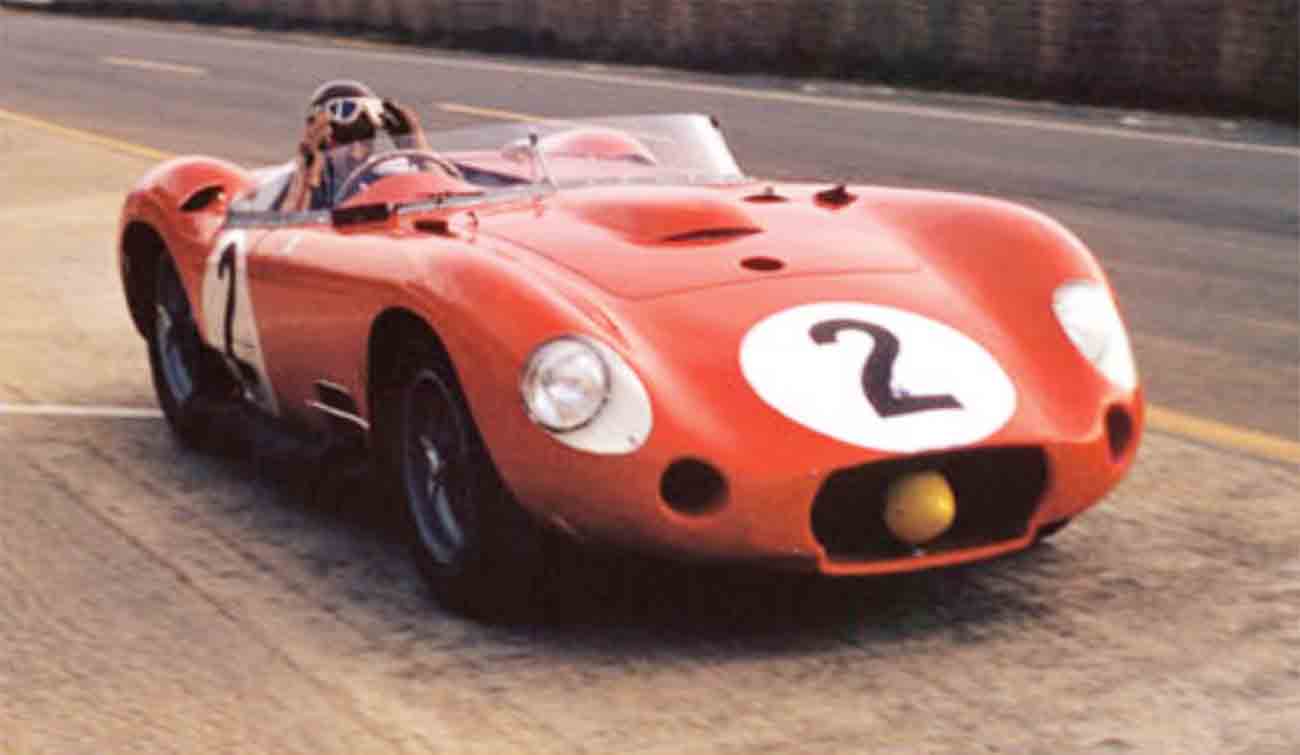
At the Le Mans 24-Hour race in June 1957, Juan Manuel Fangio pulls down his goggles during practice in the fearsome sports-racer. It was the driver’s last appearance at Le Mans.
Maserati was constantly in the public eye, none more so than with the 16-cylinder V4 model that set a speed record over 6 miles (10 km) of 152 mph (245 km/h) in September 1929, driven by Baconin Borzacchini—a feat unsurpassed until 1937.
In 1939 and 1940 the American Wilbur Shaw drove Maseratis to win the Indianapolis 5 00-mile (804-km) race in the US. Meanwhile, company driving force Alfieri Maserati had died in 1932, and five years later the company was bought by industrialist Adolfo Orsi, and soon after I moved its premises to Modena.
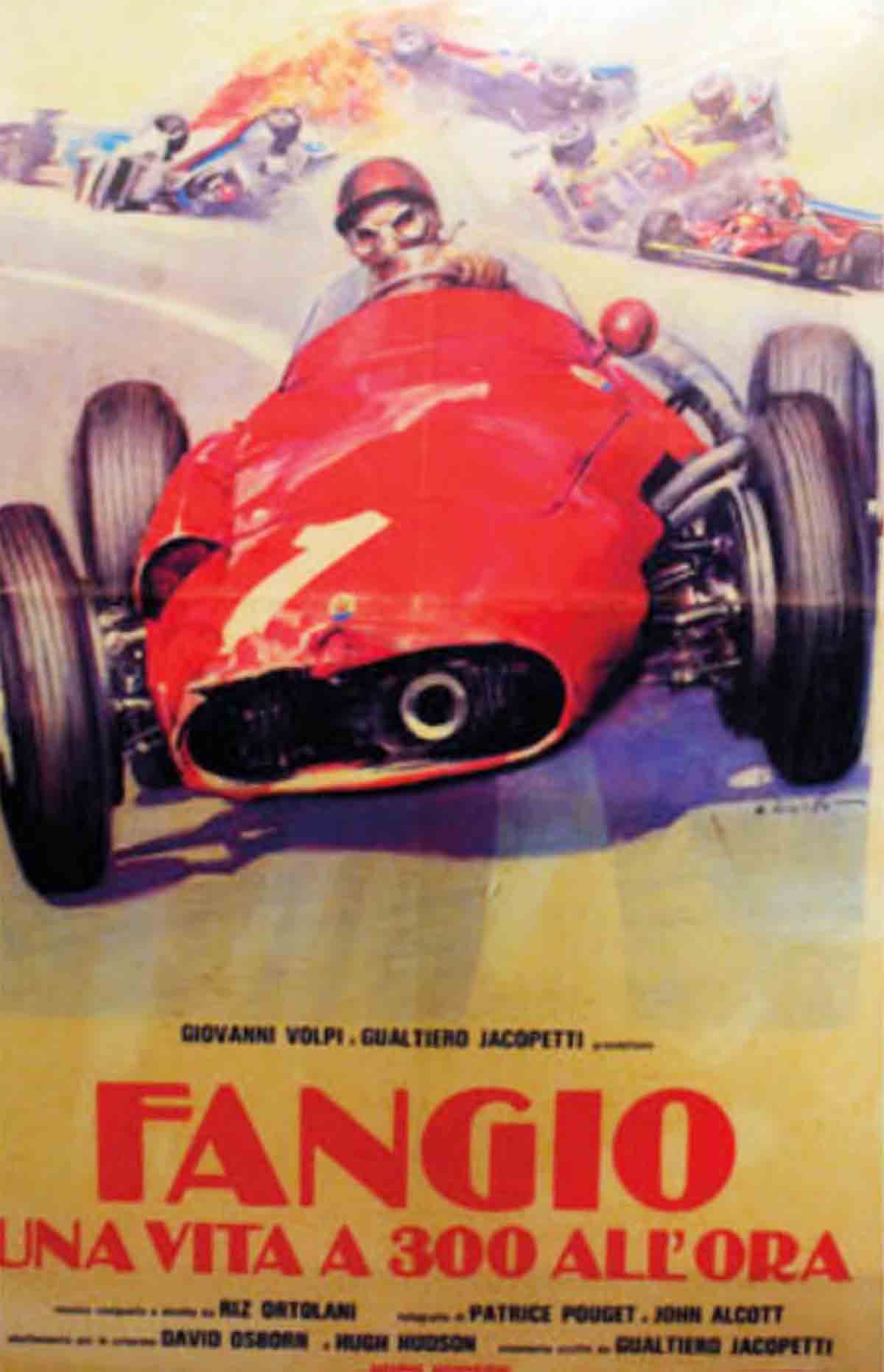
In 1947 the company launched its A6 series of single-seater, sport-racing, and road-going sports cars, and in 1953 it entered Formula 1. Juan Manuel Fangio won the Italian Grand Prix that year—the first of 69 Maserati Formula 1 race entries (including nine wins) that gave Fangio two of his five driver World Championships, and brought two constructors’ World Championships to Maserati.
However, top-level motor sport almost bankrupted the company. In 1958, with it seeming unlikely the marque could improve on its on-track achievement, the factory racing department was closed and attention turned to a new road car, the sleek and powerful 3500GT, to capitalize on the mystique of the Maserati name.
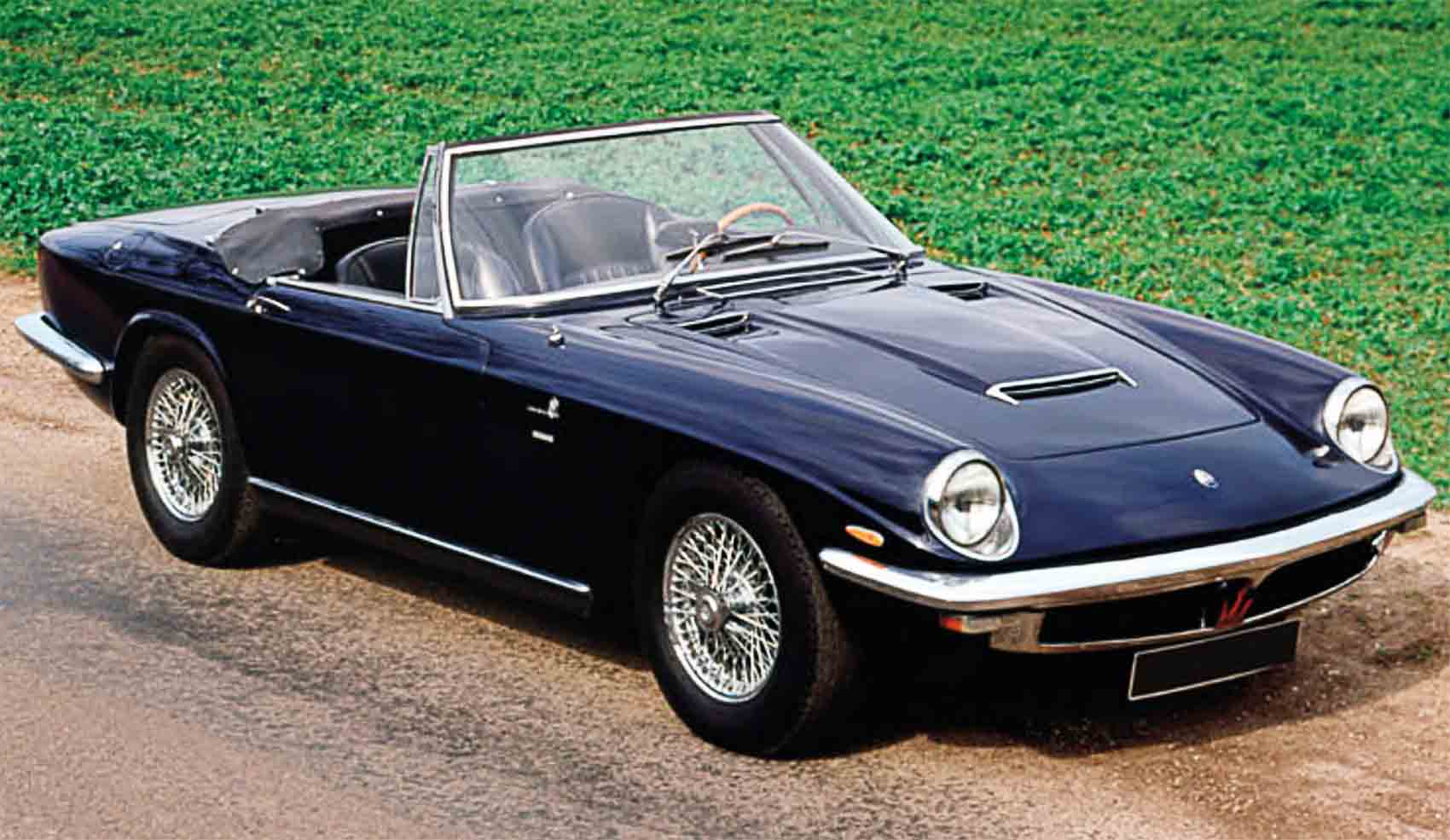
This was one of the most desirable Maseratis of the 1960s, especially coveted in this rare open-top form.
A year later Maserati introduced the 5000GT supercar, built in strictly limited numbers for royalty and film stars. In 1963 the company launched not only the compact and stylish Mistral coupe but also the Quattroporte four-door saloon with a 4.7-liter V8 engine. It became, overnight, the world’s fastest four-door saloon.
The Ghibli GT of 1966 was, at 170 mph (274 km/h), one of the fastest cars on the planet, and in 1971 Maserati followed the trend for mid-engined two-seaters with the V8 Bora, and the related six-cylinder Merak.
Citroën bought Maserati in 1968, and the Italian company built the 2.7-liter V6 engine for the Citroën SM. However, the partnership fell apart after less than a decade when Citroën hit bankruptcy and, in order to avert Maserati’s liquidation, the Italian government and Alejandro de Tomaso stepped in in 1975 to save the day.
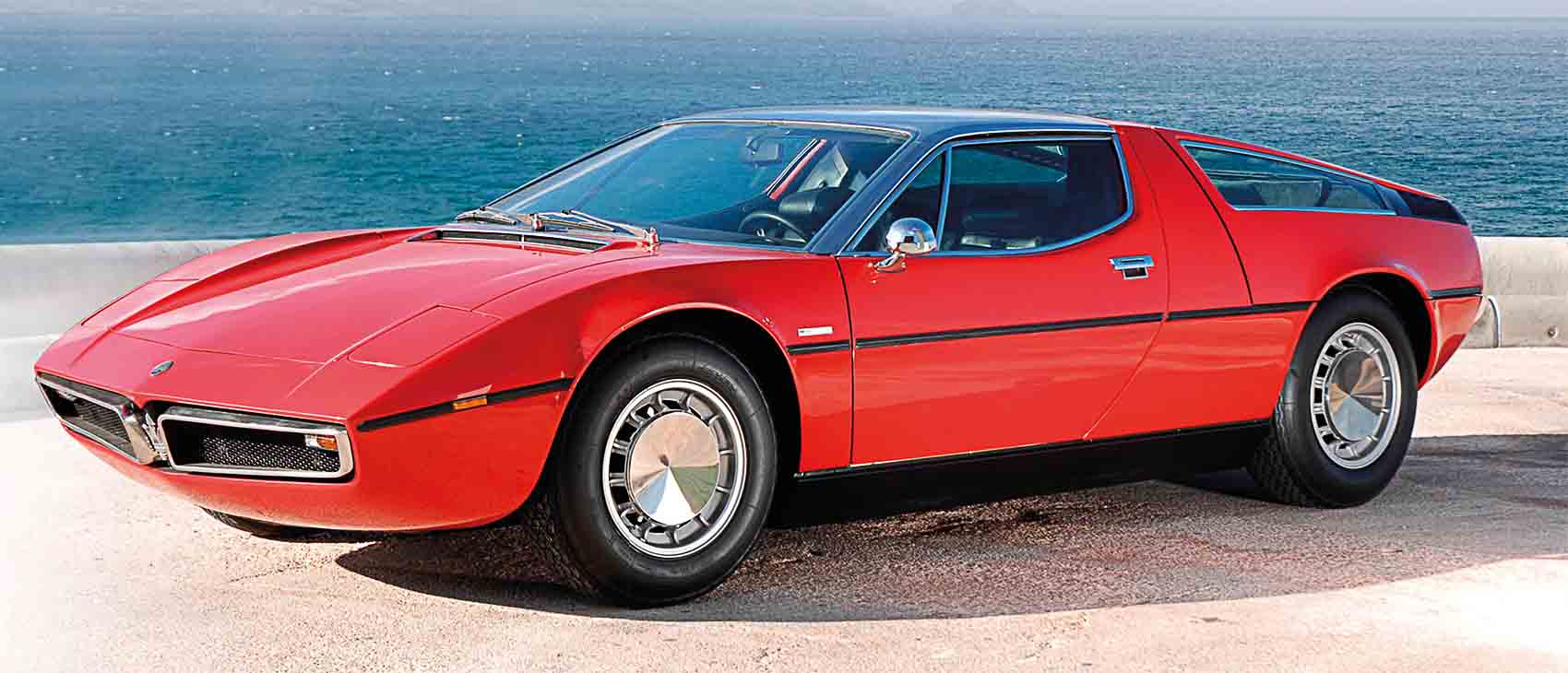
This was Maserati’s contribution to the expanding world of mid-engined supercars, with a V8 engine mounted amidships. Its sister model, the Merak, had V6 engines.
Production of the Quattroporte, by now a complex front-wheel drive car, was axed and all effort poured into the Biturbo, a sports saloon in the BMW 3 series mould but with a twin-turbo Maserati V6 engine. Intended as a more affordable, semi-mass-produced car, it was launched in 1981.
A huge variety of spin-off models were created from the Biturbo, including the new Ghibli and Shamal. In 1993 Fiat purchased Maserati and in 2004 began to expand Maserati’s horizons as a sister marque to Alfa Romeo.
The well-received 3200GT of 1998 became the Coupe and Spyder in 2002, and then an all-new Quattroporte luxury saloon joined them in 2003. In 2004 Maserati returned to factory-initiated motor racing with its fierce MC12 endurance GT. Team drivers Andrea Bertolini and Mika Salo delivered its first race win in September. In 2010 Andrea Bertolini and the Maserati MC12 were both declared FIA GT world champions.
The Pininfarina-designed GranTurismo arrived in 2007, followed two years later by the GranCabrio. In 2013 Quattroporte was followed by the Maserati Ghibli mid-size executive saloon.
It is a quote. The Classic Car Book – The Definitive Visual History 2016


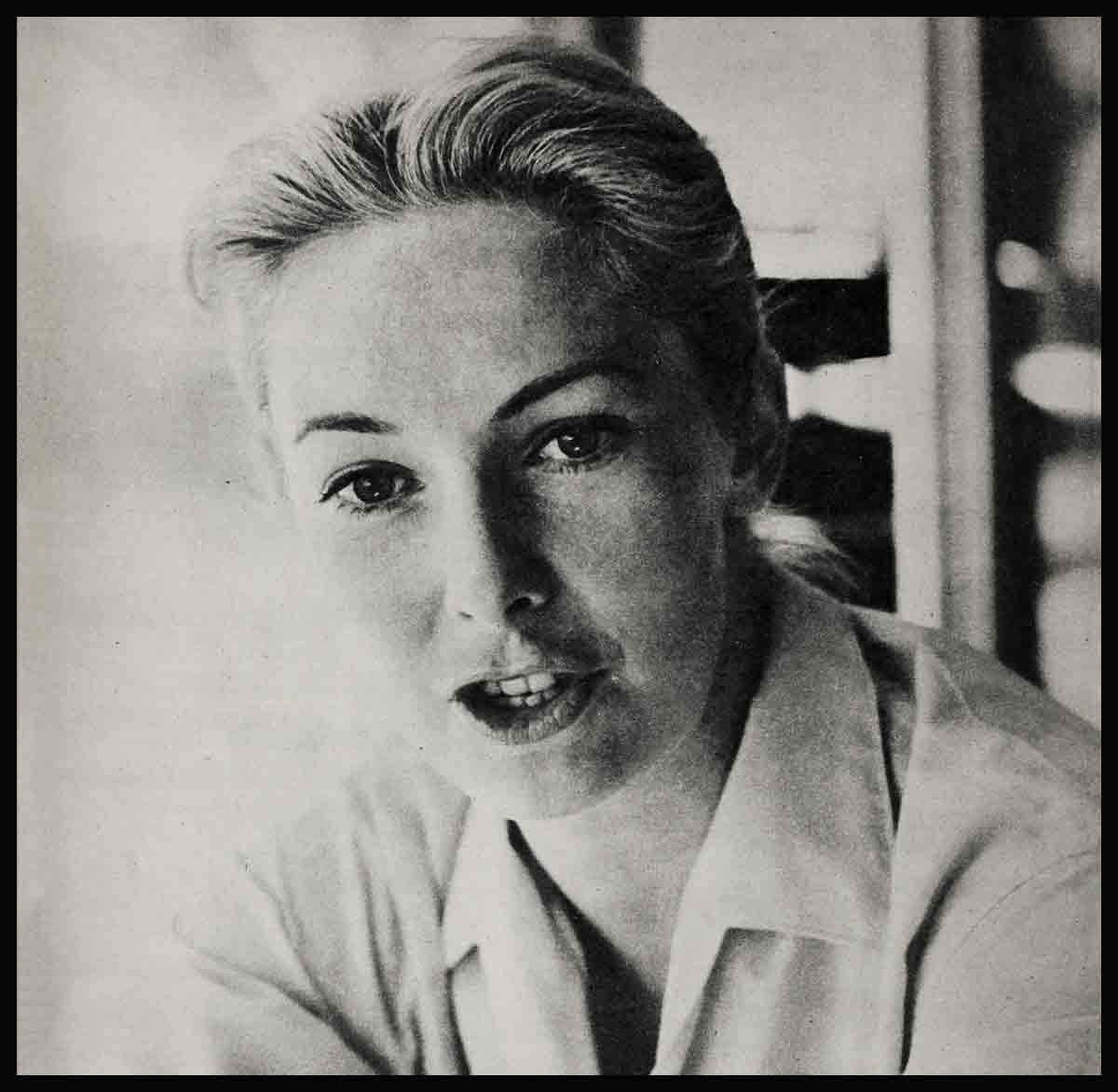
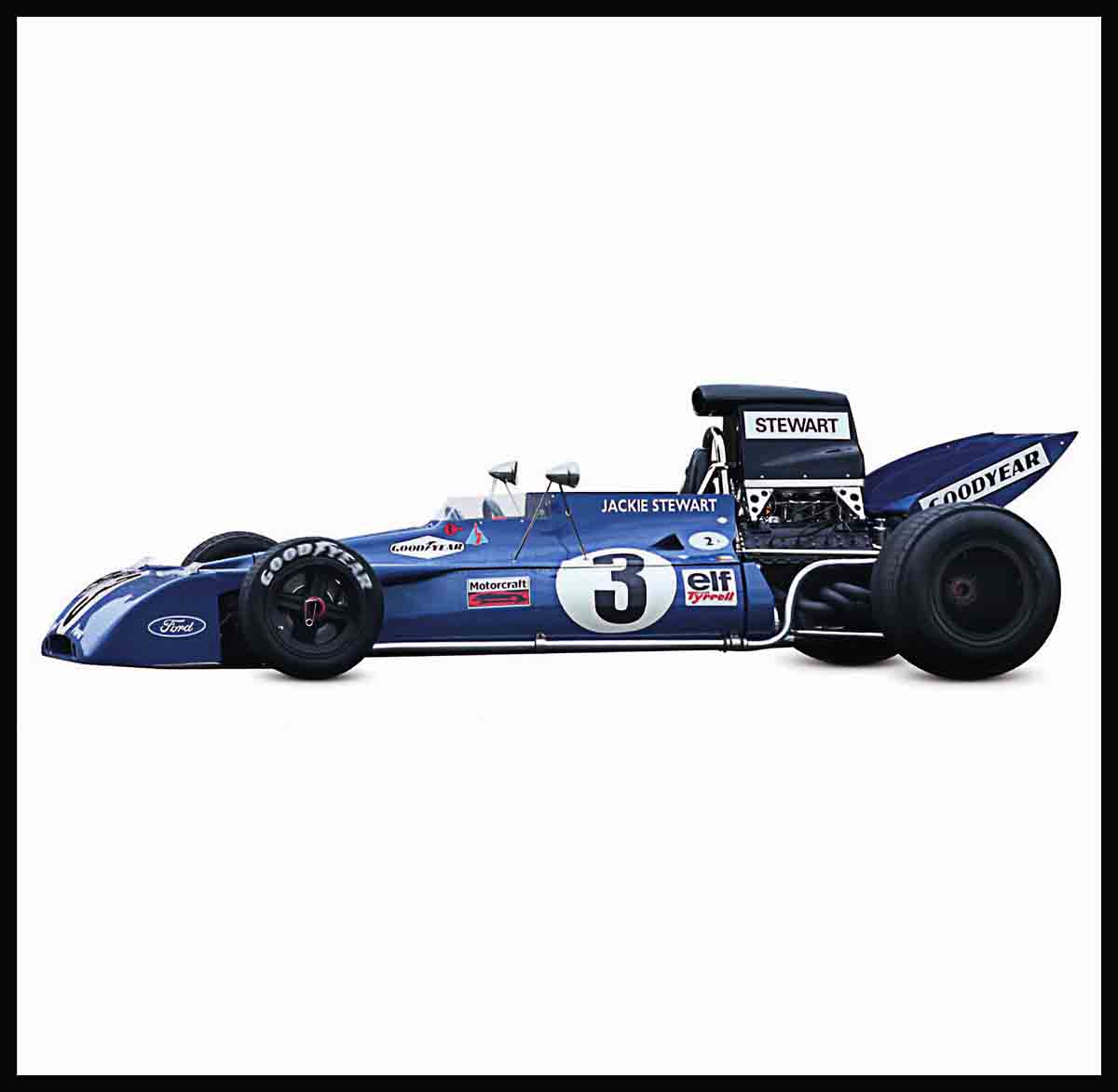
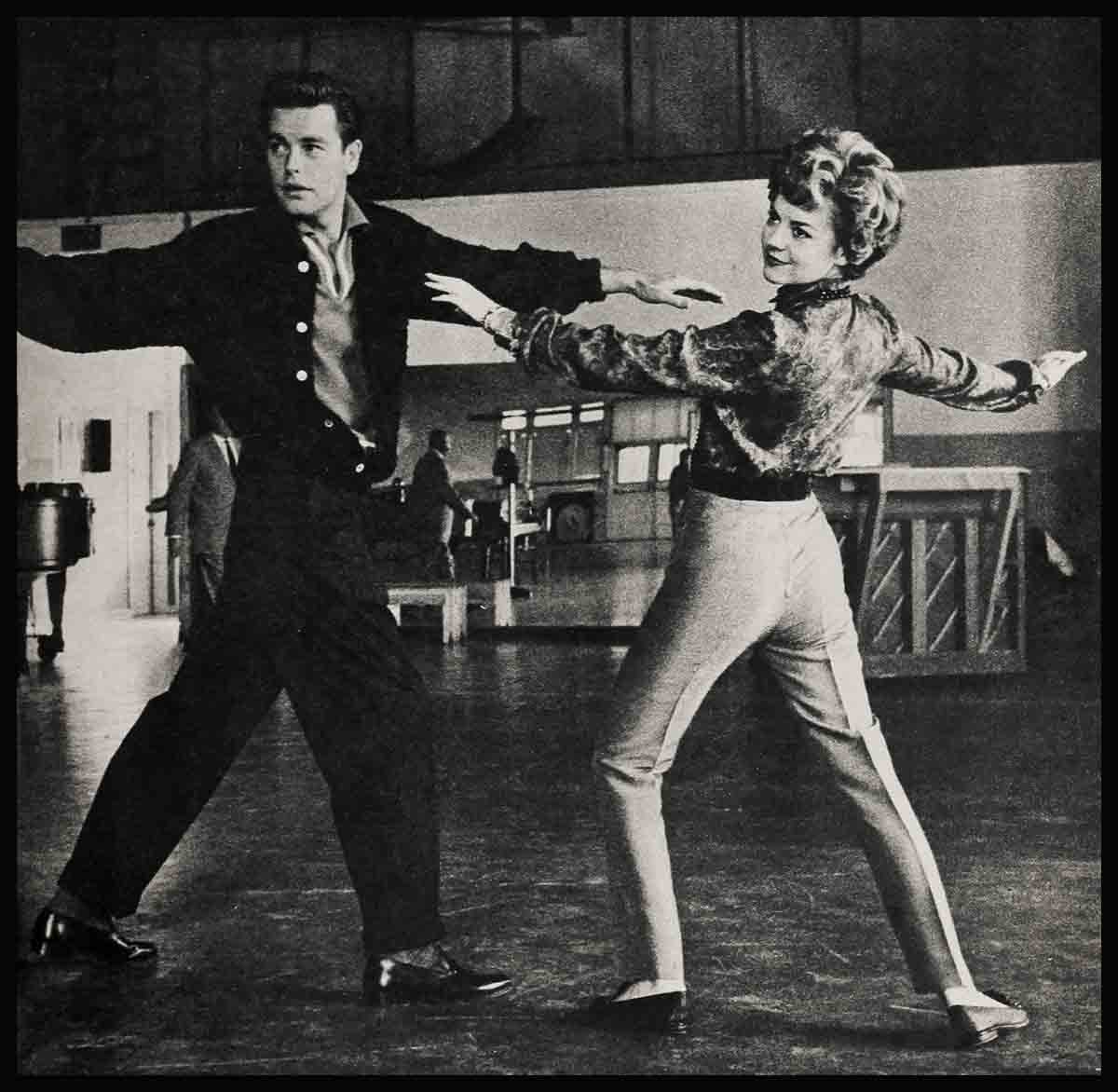
No Comments